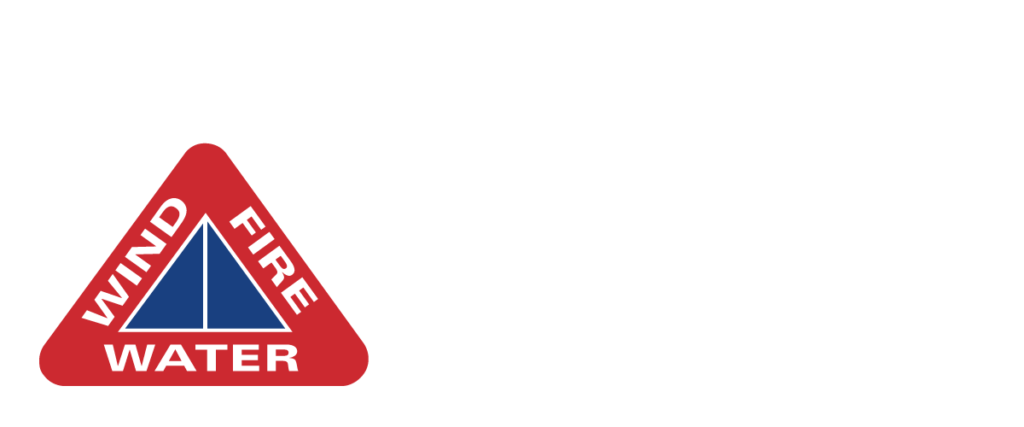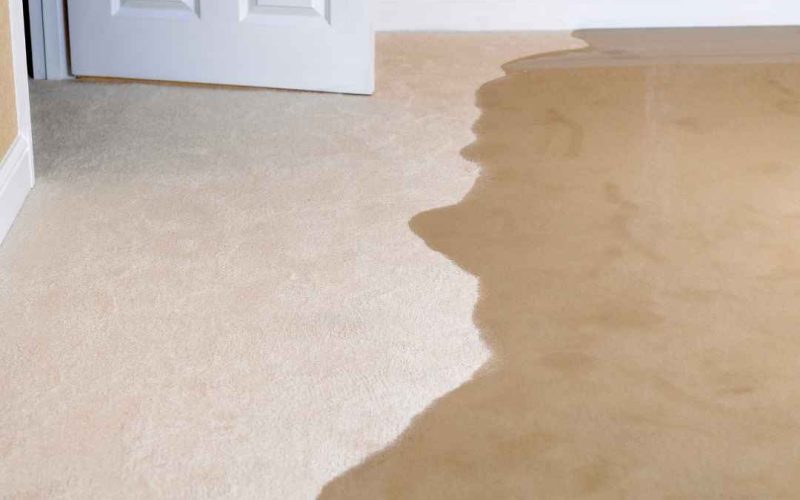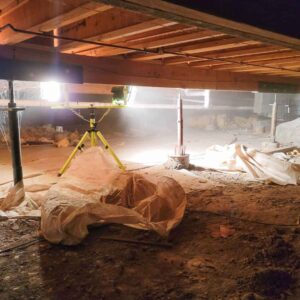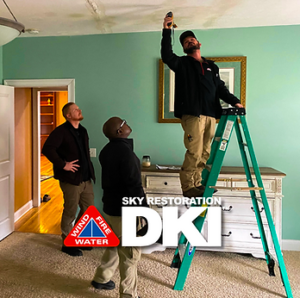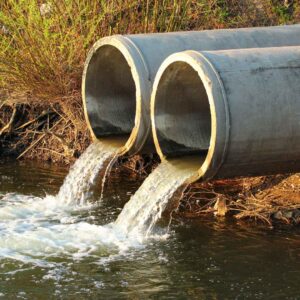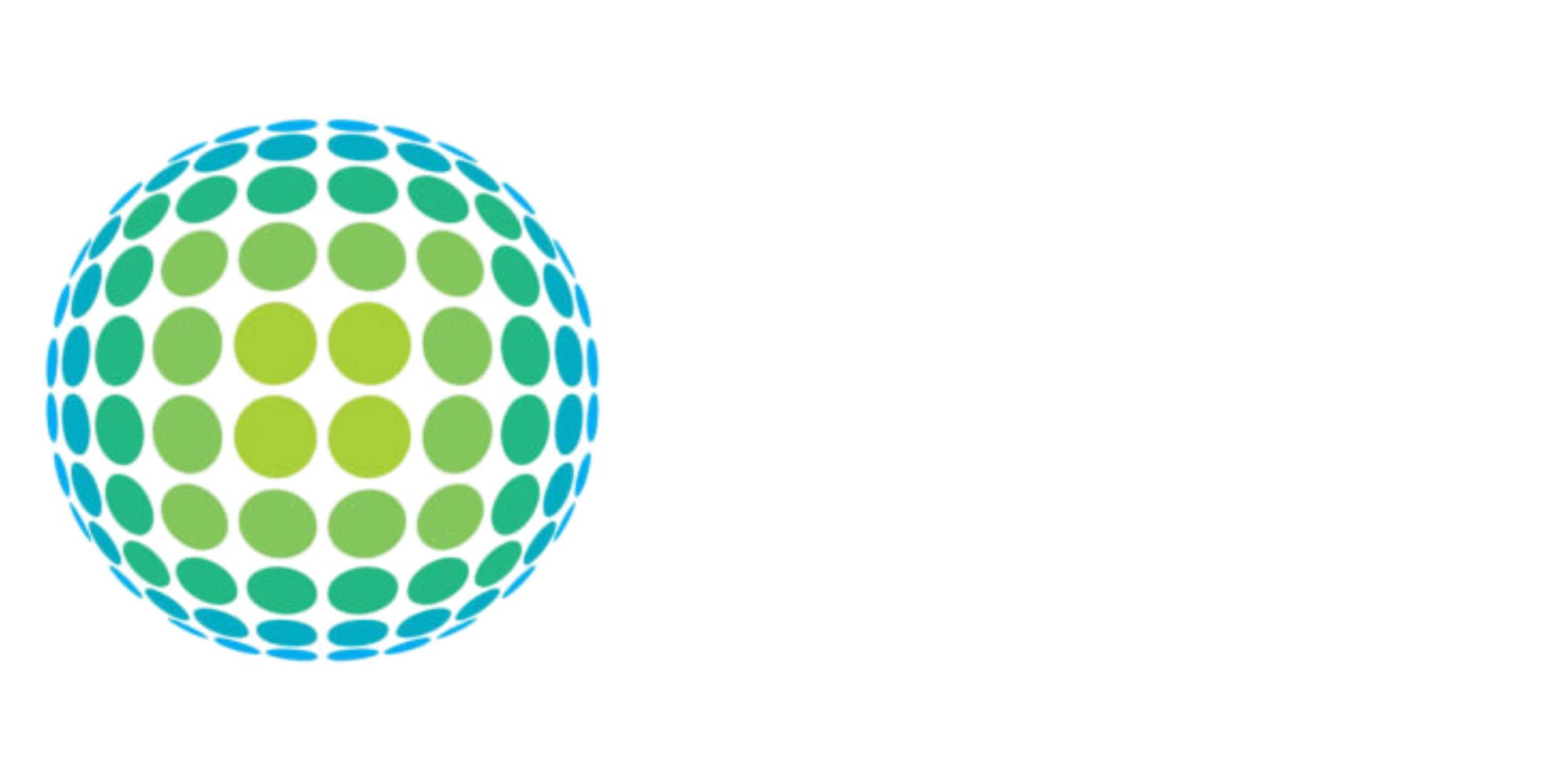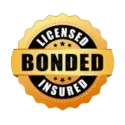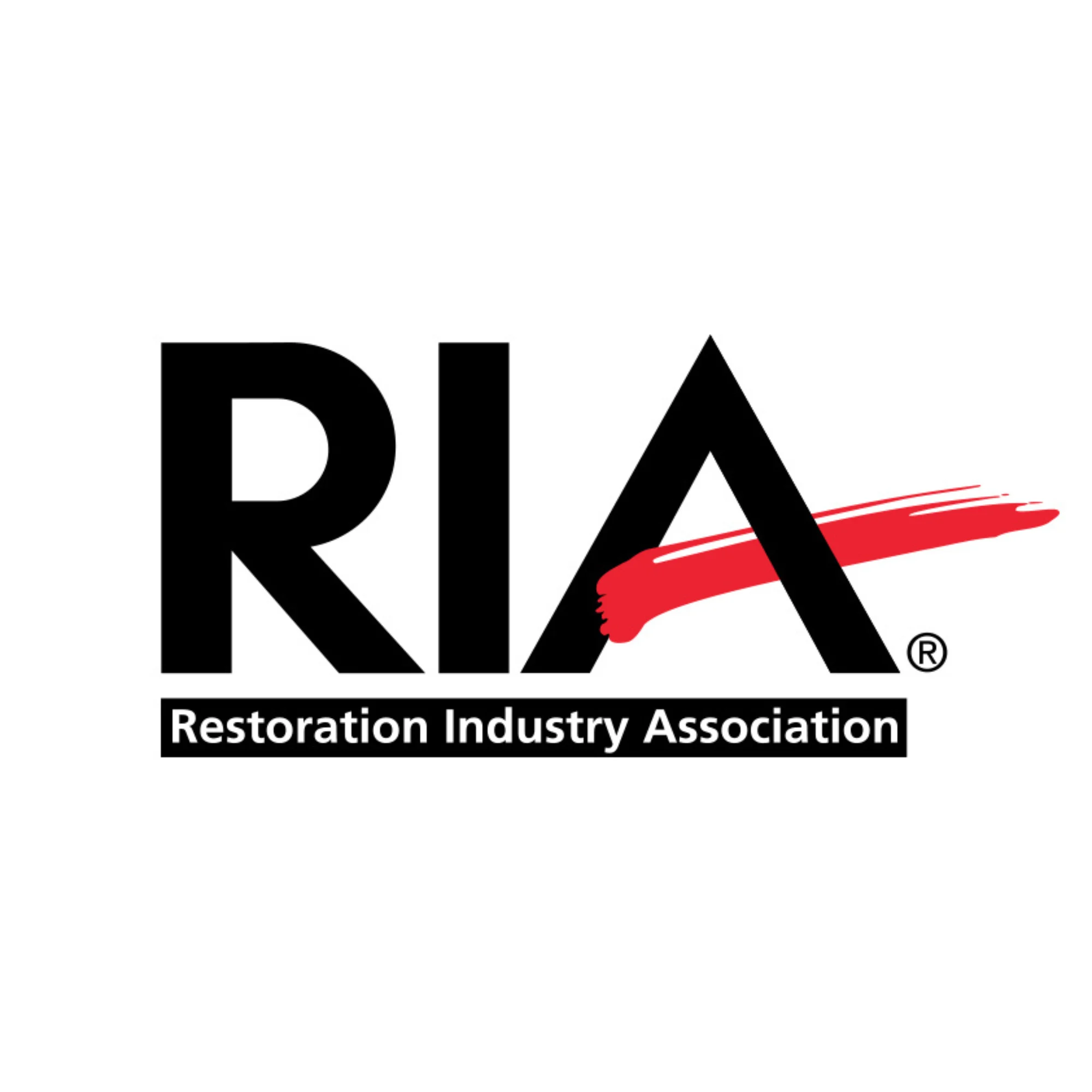All water damage is not created equal. While any water invading your home is cause for alarm, the type of water damage will affect the drying process and time, as well as the restoration process.
The goal is to move quickly to keep costs down while preventing mold growth and potentially harmful bacteria from spreading.
It’s important to note that the most important thing is not to put off water damage restoration while waiting for your insurance company.
The Institute of Inspection Cleaning and Restoration Certification (IICRC) says, “It is totally inappropriate to put off mitigation [water damage cleanup or water damage dry out] while waiting for an insurance claims representative to arrive on the scene to evaluate the loss. By that time, in all probability sufficient time will have passed to grow and amplify microorganisms, which may not be covered by insurance.”
The IICRC oversees the certification and standards for the industry for inspection, cleaning, restoration and remediation internationally. They’ve come up with a method of sorting the range of contamination that designates the degree of saturation.
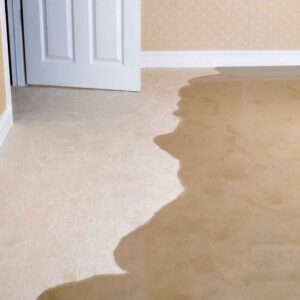
There are three categories and four classifications for type of water damage, and homeowners should be aware of these – it could affect the compensation from the insurance company. More important, though are the health effects from each level of contaminants.
The Three Categories of Water
The IICRC uses two criteria when categorizing water damage: the cleanliness of the water and how difficult it is to remove.
1. Category 1 – Clean Water
“Clean Water” means the flood water comes from a source that poses no substantial harm or immediate health risks to people. Examples of this is water that overflowed while running your bath water, leaks from a supply line for an ice maker, or leaks from a dishwasher or clotheswasher. This category also assumes that the surfaces being flooded are reasonably clean.
Flooding from clean water is usually treated by extracting standing water. Air movers are set up to create evaporation and dehumidifiers are used to remove the moisture from the air. After 48 hours, a Category 1 can become a Category 2.
This means that no matter how “clean” the water is, it must be cleaned up immediately.
2. Category 2 – Gray Water
“Gray water” poses immediate health risks because of significant levels of contamination from bacteria, mold and/or chemicals. This includes dirty water from washing machines, dishwashers, as well as leaks from water beds, broken aquariums and urine.
Carpet and padding must be removed and replaced because the sponge-like character of the padding has the perfect environment for bacterial and mold growth.
If a Category 2 situation is left untreated for two days or more, a Category 2 becomes a Category 3 because of rampant bacterial breeding and mold growth. Again, to avoid potential health issues, make sure Category 2 water is cleaned up immediately.
3. Category 3 – Black Water
“Black water” is as ominous as it sounds. It contains disease-causing organisms, toxins, and is incredibly unsanitary. Usually, black water conditions happen from a sewer backflow, a broken toilet bowl containing feces, and rising flood waters.
Rising flood water is considered Category 3 because of the possibility of chemicals and organisms found in things like lawn chemicals, fertilizers, animal feces, decaying ground debris, and overfilled sewer and septic systems.
Tetanus and other serious diseases are likely in rising flood waters. Affected objects such as carpet, padding, and sheetrock must be removed and disposed of. A biocide must be applied to kill microorganisms on site.
Classes of Water Damage Restoration
These classes are determined by how much water there is, and the type of material that is absorbing the water. The IICRC defines water classes by the difficulty and time needed to dry out an area.
1. Class 1
Class 1 is defined as limited water intrusion in a room that has caused little damage. This applies to rooms that are only partially affected by water or a room with little or no carpet or pad. Very little if any wicking up the wall is seen.
2. Class 2
In Class 2, water has spread throughout the room and has wicked up the walls less than 24 inches. Both carpet and pad are wet in at least one whole room. Water is absorbed into construction materials such as subfloor and framing members.
3. Class 3
Water is invasive, and walls, ceiling, structural members, floor coverings, sub-floor, etc. have incurred sustained damage and are virtually saturated with water in a Class 3 situation. Often the cause of the flooding has come from overhead from damaged plumbing running inside of walls or the ceiling, a damaged fire sprinkler line or an evaporate cooler line. Wall wicking above 24″.
4. Class 4
Class 4 means water is bound in the material or is inaccessible to conventional air movers. Drying time is longer, and advanced techniques and specialty equipment is required. Examples of bound water include: water soaked hardwood floor planks, water wicked in sheetrock walls covered with a vinyl wall covering, paneling, or an oil based paint. Inaccessible areas include the cavities beneath and behind cabinets, inside of walls and crawl spaces.
Don’t Risk Your Health. Call SKY Restoration DKI Immediately for Water Damage Restoration
As water damage restoration experts, we use state-of-the-art equipment and a team of IICRC Certified technicians to purge your property of water and moisture. Our skilled technicians have proven expertise in water damage removal and provide professional services 24/7, so if you discover flooding, we should be your first phone call.
We provide services that include:
- Dehumidification service
- Water extraction services
- Complete structural drying,
- Mold and environmental remediation
- Content Cleaning
- Drying and reprocessing
- Document salvage
- Electronics restoration
- Structural repairs
To us, your satisfaction comes first. Our emergency crews are always ready with the equipment to come to your rescue as and when the need arises.
